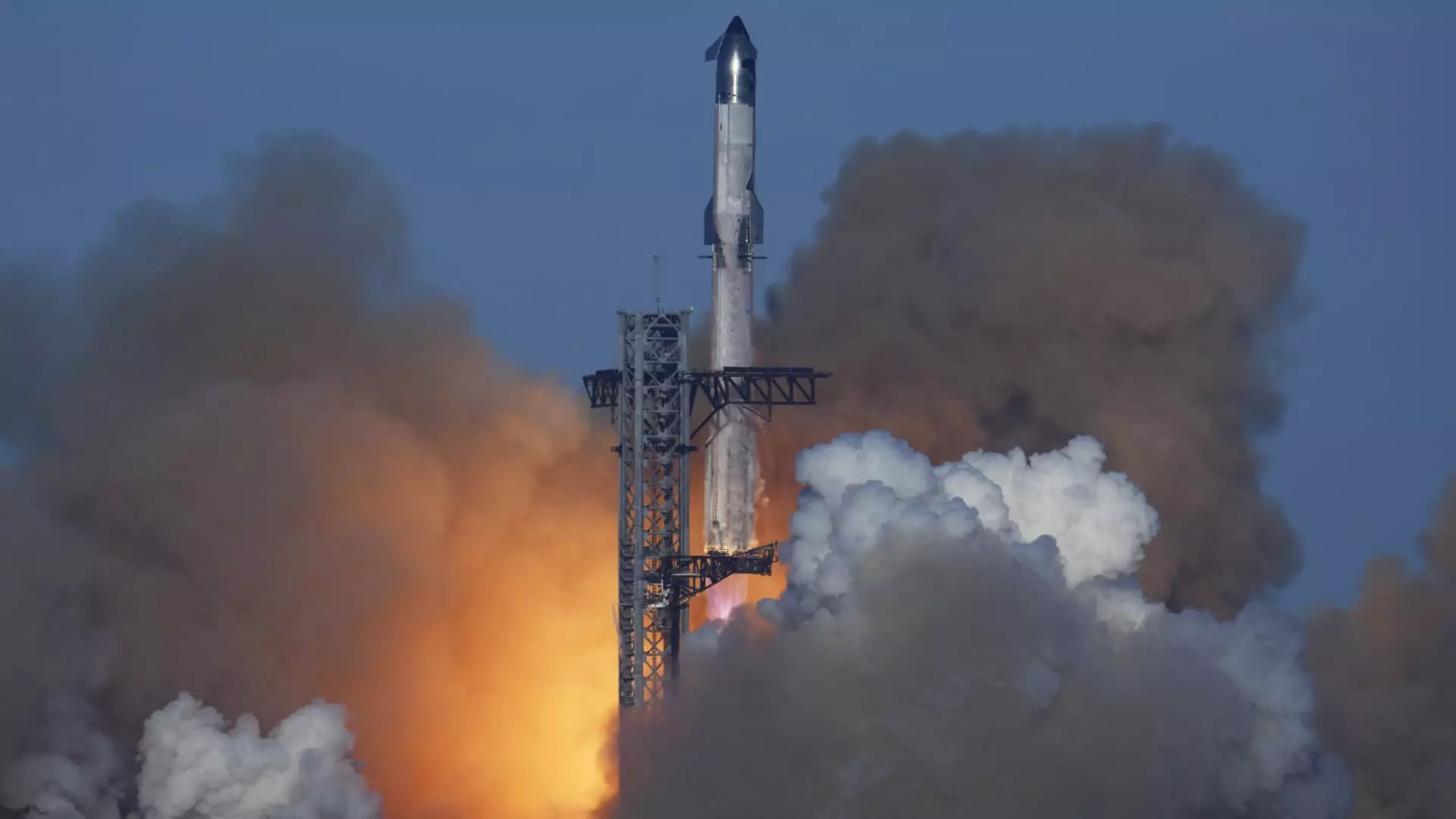In a significant setback for SpaceX, the Federal Aviation Administration (FAA) has mandated that the company pause all activities related to its Starship rocket following a catastrophic midflight failure during a recent test launch. The explosion, which occurred shortly after takeoff, caused debris to rain down, prompting emergency responses and rerouting of commercial airline flights. This occurrence has sparked serious discussions about safety protocols and regulatory oversight in the realm of space exploration.
While the FAA noted that there were “no reports of public injury”, the regulator did acknowledge instances of property damage on the Turks and Caicos islands, raising concerns about the implications of rocket debris and its potential to impact civilian areas. The grounding of Starship signifies that SpaceX must not only conduct a thorough investigation but also implement any corrective measures mandated by the FAA before gaining clearance for future launches. This protocol highlights the FAA’s critical role in balancing ambitious space objectives with the safety of the public and commercial aviation.
SpaceX’s initial statements reflected an attempt to portray the situation as controlled, asserting that the debris had fallen within designated hazard areas. However, this claim stood in stark contrast to the FAA’s decision to issue a “Debris Response Area” alert, indicating discrepancies that could hinder trust and transparency between SpaceX and the regulatory authority. As the timeline of events unfolds, it becomes evident that clear communication will be crucial in restoring confidence among the public and within the aviation industry.
This incident has significant ramifications for commercial air travel. Major airlines, including American Airlines, JetBlue Airways, and Delta Air Lines, were forced to delay and reroute numerous flights to ensure the safety of passengers amidst the unfolding situation. This disruption not only affects the airlines’ operational efficiency but also weighs heavily on customer satisfaction and confidence in air travel during this era of increased space activity.
Moreover, as commercial spaceflight becomes more common, understanding the interconnections between aviation and space launches is essential. Regulatory bodies like the FAA must adapt and enhance existing frameworks to manage the complexities arising from the increasing frequency of space missions and the potential risks they entail for both land and air traffic.
As SpaceX grapples with the aftermath of this incident, the path back to launch readiness is laden with challenges. The company has expressed belief that a fire may have triggered the explosion, yet the root cause investigation will need to delve deeply to ensure no underlying issues remain unaddressed. The findings from this inquiry and the regulatory response will play a critical role in determining the future of the Starship program and SpaceX’s larger ambitions in the space sector.
The grounding of SpaceX’s Starship by the FAA emphasizes the delicate balance that must be maintained between innovation in space technology and public safety. As our world increasingly ventures into the frontier of space, a robust framework of communication, transparency, and collaboration between companies and regulatory bodies will be vital in navigating the complexities that lie ahead.

